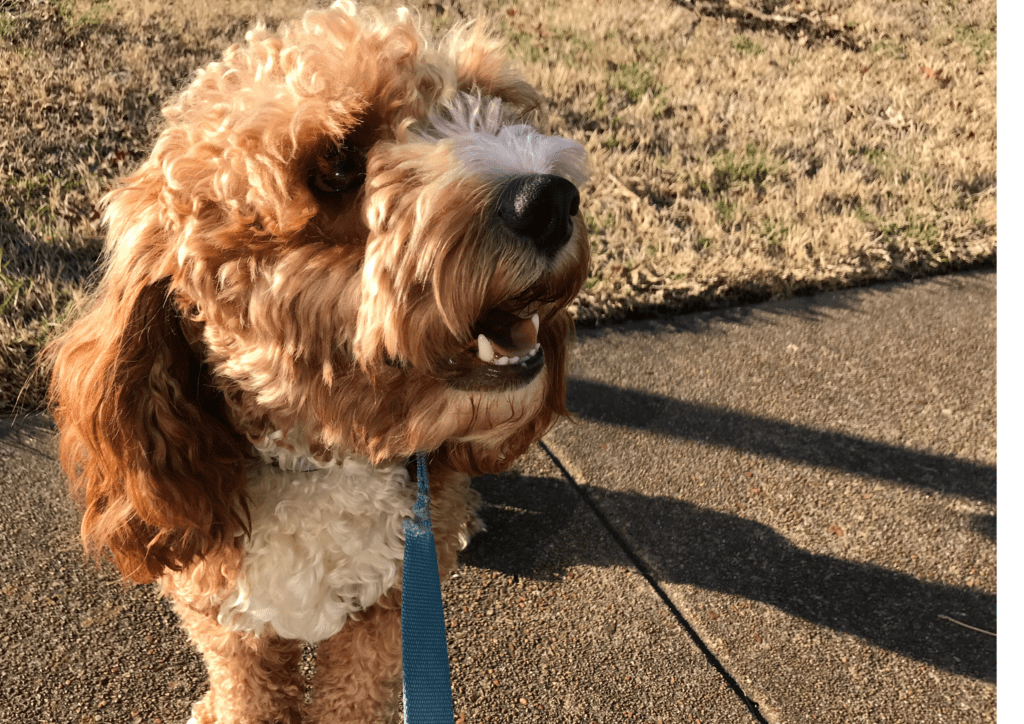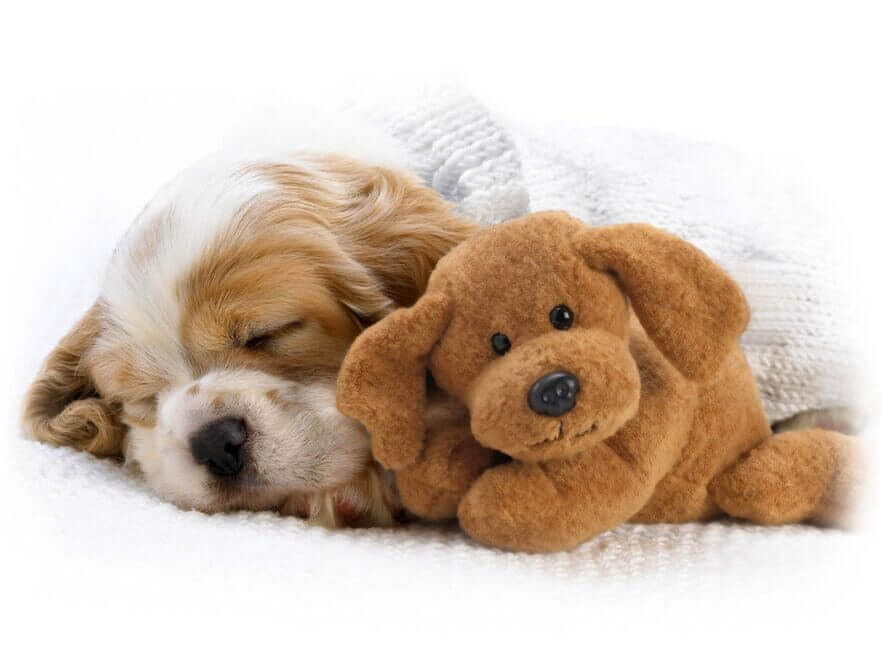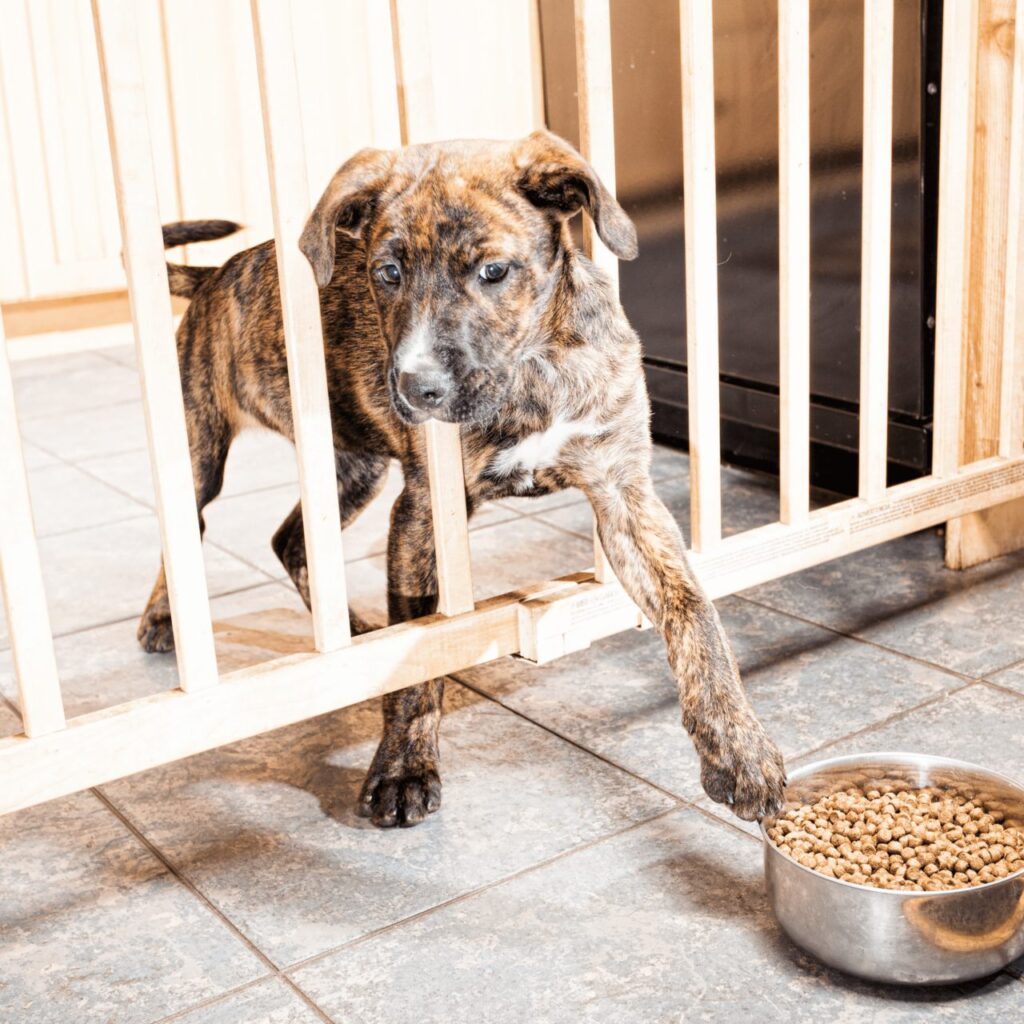
FREE Help I've Got A New Puppy Survival Guide
Sign up to our mailing list and we will give you all you need to know on making your first 7 days count. Includes sleep, feeding, toilet training, chewing and much more!
Recent posts
Blog categories
Search the blog
How to Deal with Dogs Resource Guarding Food
Posted on 1st February 2024

Resource guarding is generally defined as: using a level of aggression to keep another human or dog away from something in your possession which you deem valuable and don't want to lose.
Guarding can occur with food, toys, chews, space, the dog's own body, people and stolen objects.
However, there are signs in your dog which are not aggressive and often get missed by owners, resulting in the feeling that a dog is acting "out of the blue".
Recognising these signs can help everyone stay safer around dogs.
1. Eating faster
Have you ever noticed your dog eats quicker when you speak to them or walk past them when they are eating? This is a lower form of guarding where consumption is sped up so you can't get any food
Think shovelling your chips down when your partner wants to share them with you.
2. Lying over an item
If a dog is trying to keep hold of an object that they cannot eat, they will often lie over it or put a paw over it. They may even use their ears to cover the object.
Dogs have quite a grip with their paws before their mouth gets involved.
3. Freezing and staring
Freezing conserves energy ready for fight or flight and tenses the muscles ready for use.
When the dog is freezing, the movement of the threat usually escalates the fight response if the dog continues to be approached.
The freeze is usually momentary but can be for a long period of time.
4. Weight shifting
As you move towards your dog, you may see them start to turn or shift their weight to block your sight of the item.
This is really common and something which people often find amusing.
5. Turning their head or moving away
If a dog moves away from you with a valued item, this is not an invitation to be chased. The dog is trying to create distance between themselves and the perceived threat so they can keep hold of the item.
It is not a game and the dog will freeze when backed into a corner or goes to hide under or behind something.
6. Showing you or parading with the item
Some dogs become addicted to keeping hold of things. Certain breeds are bred to hold items in their mouths and to carry them for distances.
Showing you the item does not mean they want you to take it. Growling and snapping is often seen when you try and reach for the chosen treasure.
The key to working with resource guarding is to notice these subtle changes. It is the only way to prevent bites to humans and fights amongst dogs.
If you need help with a dog that resource guards, leave a comment below.
Email: clair@talktothepaw.io | Mobile: 07969 036789 | Privacy Policy



